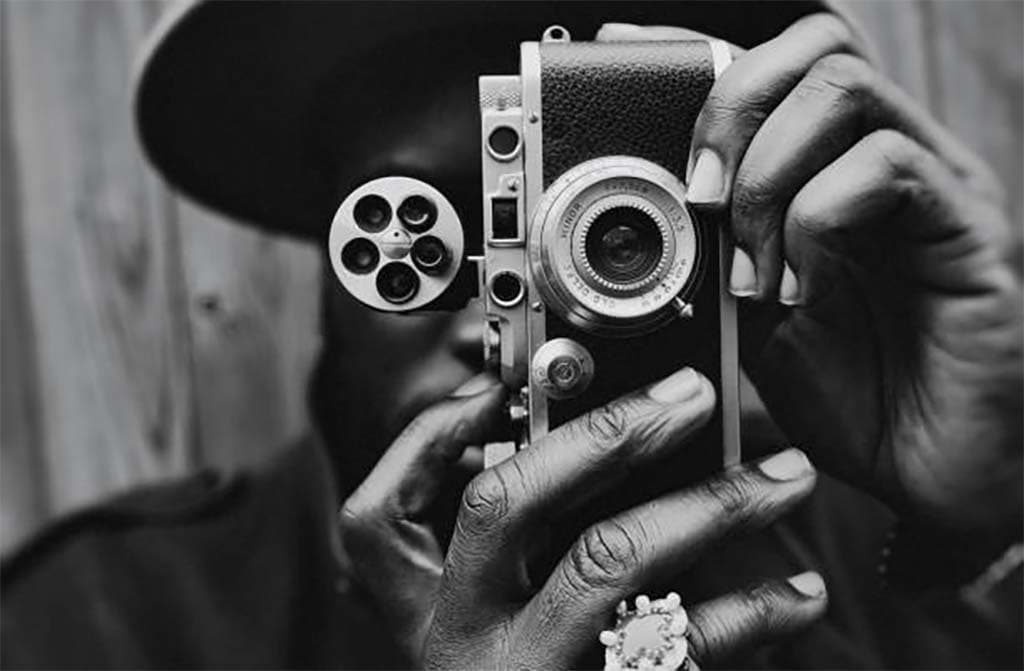Black and white photography is not merely the absence of color; it's a distinct medium that captures the world with a depth and nuance all its own. In the realm of monochrome, shadows and light play a more prominent role, textures become more pronounced, and compositions can convey emotions more powerfully. This form of photography strips away the distractions of color, allowing the viewer to focus on the subject's essence, form, and emotional impact. It's a genre that challenges photographers to look at their subjects differently, to explore the subtleties of tone and contrast that can turn a simple image into a striking work of art.
Visual Storytelling in Monochrome
Black and white photography excels in visual storytelling. Without the allure of color, these images rely on contrasts, shapes, and textures to narrate their stories. Each monochrome image carries a timeless quality, often evoking a sense of nostalgia or a connection to the past. The simplicity of black and white can also lend a universal quality to photographs, making them relatable across different cultures and eras. Whether capturing a landscape, a portrait, or an everyday scene, black and white photography can transform the mundane into the extraordinary, revealing the underlying narratives hidden in our visual world.
Techniques for Mastering Black and White Photography
Mastering black and white photography involves more than just converting color images to grayscale. It starts with developing a vision for what the image could be in monochrome. This means learning to see in shades of grey, understanding how colors translate into greys, and recognizing how different tones will interact in the absence of color. It's important to pay attention to lighting, as it greatly influences the mood and texture of black and white images. High contrast lighting can create dramatic images, while softer light can produce more nuanced, delicate shots. A good black and white photograph has a balanced tonal range, from deep blacks to bright whites, with a range of greys in between.

The Role of Light and Shadow
In black and white photography, light and shadow are paramount. They define the shapes and contours of the subject, create depth and dimension, and can even become subjects in their own right. The interplay of light and dark areas in an image can guide the viewer's eye, emphasize certain parts of the scene, and set the overall tone and atmosphere. Understanding how to use light and shadow effectively is crucial for creating compelling monochrome images. This involves not only the ability to read and manipulate natural light but also the skillful use of artificial lighting when necessary.
Composition in Black and White
Composition takes on a heightened importance in black and white photography. Without color to draw the eye, other elements of composition become the main focus. Lines, shapes, patterns, and textures are the building blocks of a monochrome image. The rule of thirds, leading lines, and framing can all be used to create engaging and balanced compositions. The simplicity of black and white also allows for more experimentation with negative space, which can be used to create powerful, minimalist images. The key is to always be mindful of what is included in the frame and how it contributes to the story you want to tell.
Post-Processing and Editing Techniques
Post-processing is a critical step in black and white photography. It's during this phase that the photographer can refine the tonal range, adjust contrasts, and bring out the textures and details that make monochrome images so compelling. Techniques such as dodging and burning, which were used in darkroom processing, can now be replicated digitally, giving photographers greater control over the final image. Editing software also allows for selective adjustments, enabling the photographer to highlight certain areas or create specific effects that enhance the overall impact of the photograph.
Black and White Photography in the Digital Age
The advent of digital photography has transformed the way black and white images are created and shared. Digital cameras and editing software offer photographers unprecedented control over their images. However, the principles of good black and white photography remain unchanged. The challenge for the modern photographer is to use these new tools to enhance, rather than overpower, the inherent beauty of monochrome. Embracing both the old and the new, today's black and white photographers are carrying forward the legacy of this timeless medium, proving that even in a world full of color, the power of grayscale still resonates.
Conclusion: The Timeless Appeal of Monochrome
In conclusion, black and white photography remains a powerful and timeless medium. It's a form of art that transcends trends and continues to captivate viewers with its simplicity, elegance, and emotional depth. Whether you're a seasoned photographer or just beginning to explore the world of monochrome, the journey is rewarding. The timeless appeal of black and white photography lies in its ability to strip down to the essentials, revealing the world in its most raw and beautiful form.

